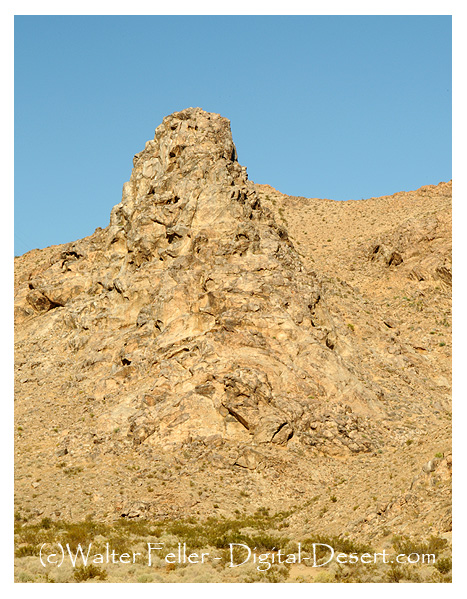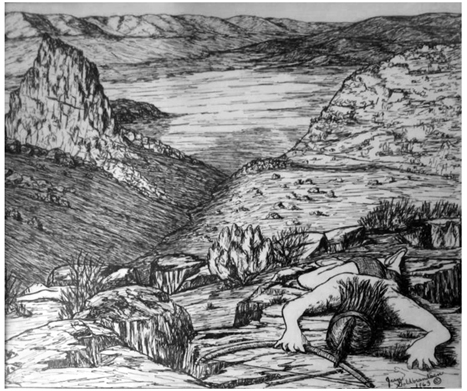Chimney Rock
The Chimney Rock battle in Lucerne Valley, California, was one of the last major conflicts between settlers and Indigenous groups in the state. Tensions had been rising since the early 1860s as settlers encroached on Native hunting grounds, cutting down trees and establishing sawmills. In response, Chemehuevi and other Indigenous fighters launched raids, targeting livestock and settlers.The conflict escalated in 1866, when three cattlemen—Nephi Bemis, Ed Parrish, and Pratt Whiteside—were killed at the Dunlap Ranch. Their bodies were discovered, leading to the organization of a posse that pursued the attackers but failed to capture them.
In 1867, Indigenous raiders struck again, looting homes in Little Bear Valley and stealing supplies and livestock. Another posse, led by men from San Bernardino, tracked the raiders through the snow, engaging in skirmishes. The biggest battle occurred at Chimney Rock, a rocky hill near Rabbit Springs, where the settlers ambushed the Indigenous fighters. The fight resulted in casualties on both sides, including one settler wounded by an arrow.
The final pursuit continued for 32 days, but the Indigenous fighters ultimately escaped into the desert. The battle effectively ended Indigenous resistance in the region, as a treaty negotiated at Fort Mojave later that year secured peace.
This event marked the end of large-scale Indigenous raids in the San Bernardino Mountains and Mojave Desert, solidifying settler control of the land.
Another Account . . .
by John Brown Jr. - History of San Bernardino County, Vol. I - 1922
The Battle of Chimney Rock
Typical of the troubles of the times is the following article from a local newspaper of February, 1867:' "For several years past our citizens have been greatly annoyed by roving bands of Indians who come into the valley and steal all the horses and cattle they find unguarded. Nor do they hesitate to attack stockmen and travelers, if an opportunity offers. Already Messrs. Parish, Bemus [Beamis] and Whiteside and a dozen others have fallen victims to their bloodthirstiness within the past four years.Growing bolder by impunity, on the 29th of January they attacked the sawmill of Mr. James, upon the mountain, a few miles east of this place, having previously robbed the house of Mr. Cain, carrying ofif five horses and burned down the house. The party at the mill, consisting of Messrs. Armstrong, Richardson, Cain and Tahnadge [Talmadge], sallied out to meet them.
A brisk fight followed, when the party, finding that most of the Indians had guns, and fearful of being overpowered, retreated to the mill. The next morning the party having been reinforced went out and were attacked again, the fight lasting for more than an hour. Two of the white men were wounded and two Indians killed and three wounded.
A party was made up to pursue these Indians, and after following them found the Indians encamped on the desert at Rabbit Springs. The company made an attack, the men having to climb up the steep mountains and over the rocks on all fours and the skirmishing lasted until dark.
The skirmishing lasted for two days longer when the whites were compelled to withdraw because supplies were exhausted. Four Indians were killed and two of the white party wounded." The Mojave region came under the protection of Camp Cody [Cady], which was established as a regular military post in 1868, on the road between Wilmington and Northern Arizona territory, and about 100 troops under Colonel Ayers remained here until about 1870.

Conflicts between Indians and white settlers over the rich lands of the San Bernardino Mountains culminated in the battle at Chimney Rock on February 16, 1867. Although the Indians defended themselves fiercely, they were forced to retreat into the desert. In the years following, the Indians' traditional mountain food gathering areas were lost to white encroachment.

Chimney Rock - (c)Jean Goldbransen 1963